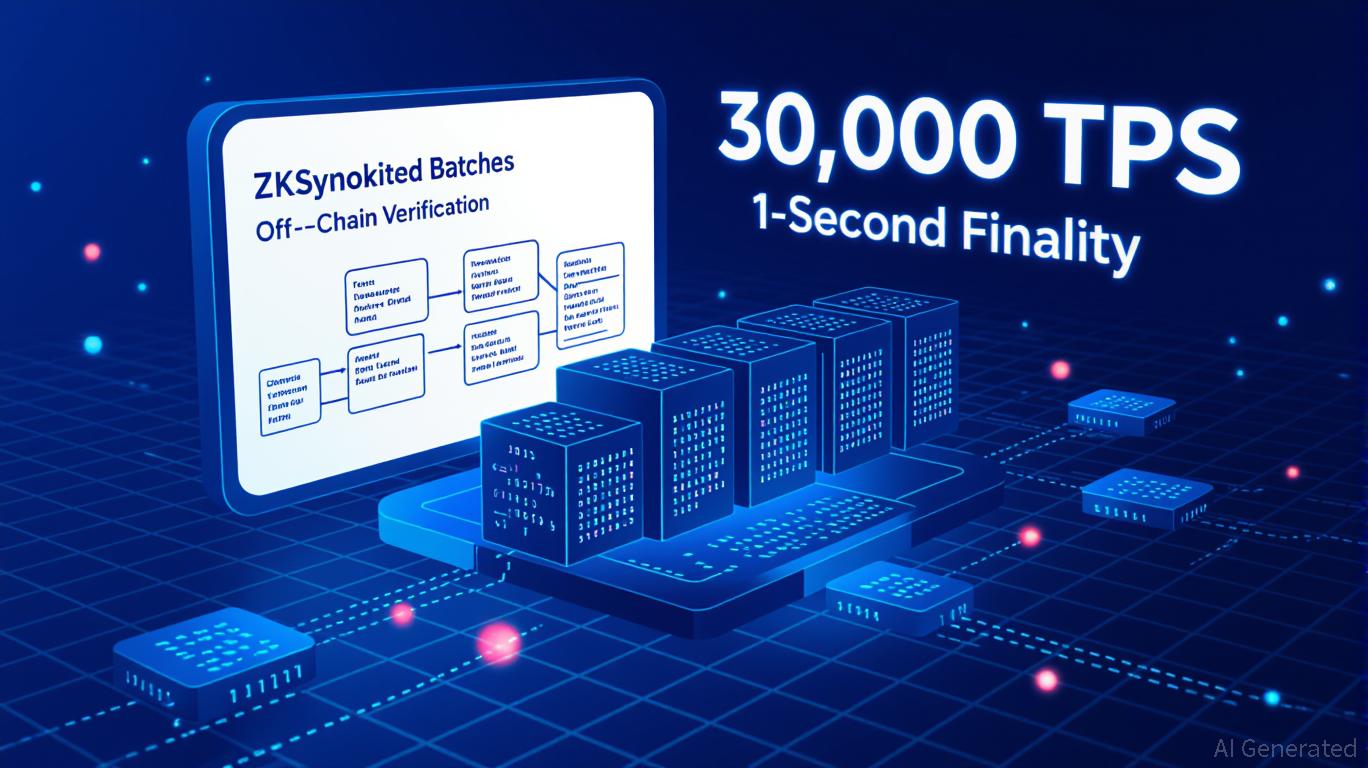The National Computer Virus Emergency Response Center released a report on the LuBian mining pool's massive Bitcoin theft incident: suspected to be o
National Computer Virus Emergency Response Center released a technical traceability analysis report on the incident of the LuBian mining pool being hacked and a huge amount of Bitcoin being stolen. The report pointed out that in 2020, a major hacking incident occurred in the LuBian mining pool, with a total of 127272.06953176 bitcoins (valued at about 3.5 billion US dollars at the time, now valued at 15 billion US dollars) being stolen by the attackers. The owner of these huge bitcoins is the chairman of the Cambodian Prince Group, Chen Zhi. After the hacking incident, the bitcoins were stored in the attackers' controlled wallet addresses for as long as 4 years, almost untouched. This clearly does not match the typical behavior of hackers eager to cash in and chase profits, but rather seems like a precise operation orchestrated by a "state-level hacker organization." It wasn't until June 2024 that these stolen bitcoins were transferred to new bitcoin wallet addresses and have remained untouched since then.
On October 14, 2025, the US Department of Justice announced criminal charges against Chen Zhi and seized 127,000 bitcoins from him and his Prince Group. Various pieces of evidence indicate that the huge amount of bitcoins seized by the US government from Chen Zhi and his Prince Group were actually the LuBian mining pool bitcoins that had been stolen by hackers using technical means as early as 2020. In other words, the US government had already used hacker techniques to steal the 127,000 bitcoins held by Chen Zhi back in 2020, making this a typical "black-on-black" operation orchestrated by a state-level hacker organization.
Disclaimer: The content of this article solely reflects the author's opinion and does not represent the platform in any capacity. This article is not intended to serve as a reference for making investment decisions.
You may also like
Aster DEX’s Latest Protocol Enhancement and Liquidity Rewards: Advancing On-Chain Solutions and Optimizing DeFi Capital Utilization
- Aster DEX's 2025 protocol upgrade enables ASTER token holders to use their tokens as 80% margin collateral for leveraged trading, with a 5% fee discount for collateral users. - The upgrade triggered a 30% ASTER price surge and $2B 24-hour trading volume spike, attracting institutional attention including Coinbase's listing roadmap inclusion. - By converting ASTER into a functional collateral asset, the platform enhances capital efficiency while reducing liquidation risks through reduced margin requiremen

Vitalik Buterin's Progress in Zero-Knowledge Technology and the Investment Opportunities within Ethereum's Layer-2 Ecosystem
- Vitalik Buterin prioritizes ZK technologies to optimize Ethereum's post-Merge scalability, targeting modexp precompile replacement for 50% faster ZK-proof generation. - ZKsync's Atlas upgrade enables 15,000+ TPS and near-zero fees by redefining L1-L2 liquidity, positioning ZK-based L2s as Ethereum's infrastructure backbone. - Dencun's "blob" data slashes L2 costs by 98%, driving Base and Arbitrum to surpass Ethereum's base layer in transaction volume and user adoption. - ZK L2s like ZKsync and StarkNet s

Vitalik Buterin Supports ZKsync: What This Means for Layer 2 Scaling
- Vitalik Buterin endorses ZKsync, highlighting its ZK-rollup tech as critical for Ethereum's scalability and decentralization goals. - ZKsync's Atlas upgrade achieves 30,000 TPS with 1-second finality, enhancing programmability while maintaining on-chain security. - The project faces competition from Arbitrum and Optimism but differentiates through privacy, low fees, and Ethereum compatibility. - Rigorous audits and emergency response protocols strengthen ZKsync's security, though real-world performance r

ZK Atlas Enhancement: Driving Blockchain Expansion and Business Integration in 2025
- ZKsync's 2025 Atlas Upgrade introduces a high-performance ZK stack with 15,000+ TPS, redefining blockchain scalability through modular Layer 2/3 infrastructure. - The upgrade enables bridge-free Ethereum interoperability and supports EVM/RISC-V/WASM compatibility, addressing enterprise needs for hybrid blockchain solutions. - Institutional adoption surges with ZK token's 50% price jump and $19M+ partnerships, though legacy system integration and regulatory clarity remain key challenges. - BaaS compatibil

